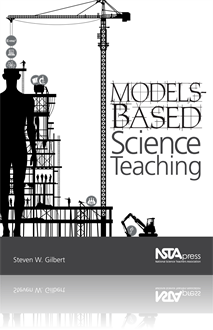You are here
Models-Based Science Teaching
 The National Science Teachers Association provides access to an eBook called, Models-Based Science Teaching.
The National Science Teachers Association provides access to an eBook called, Models-Based Science Teaching.
Humans perceive the world by constructing mental models—telling a story, interpreting a map, reading a book. Every way we interact with the world involves mental models, whether creating new ones or building on existing models with the introduction of new information. In Models-Based Science Teaching, author and educator Steven Gilbert explores the concept of mental models in relation to the learning of science, and how we can apply this understanding when we teach science. Practicing science teachers at all levels who want to explore new and better ways to frame and model science will find value in this book.
Models-Based Science Teaching is concerned with building models of learning that helps students of all ages understand four basic ideas:
• When they learn something, they are constructing mental models that are by nature simplified and subject to change.
• These models are adopted because they work and not necessarily because they are the only true and most effective ways of understanding the world.
• No one has a complete grasp of any model, and most of the time we are working with approximations of a situation.
• What we create when we communicate are expressions of our inner mental models.
Rather than advocating a rigid curriculum, Gilbert asserts that models-based science teaching embraces the creativity inherent in science and in learning, saying, “The best way to engage students in the creativity of science is engage them in inquiry, beginning with the creation of a problem and ending with a completed expressed model.”

